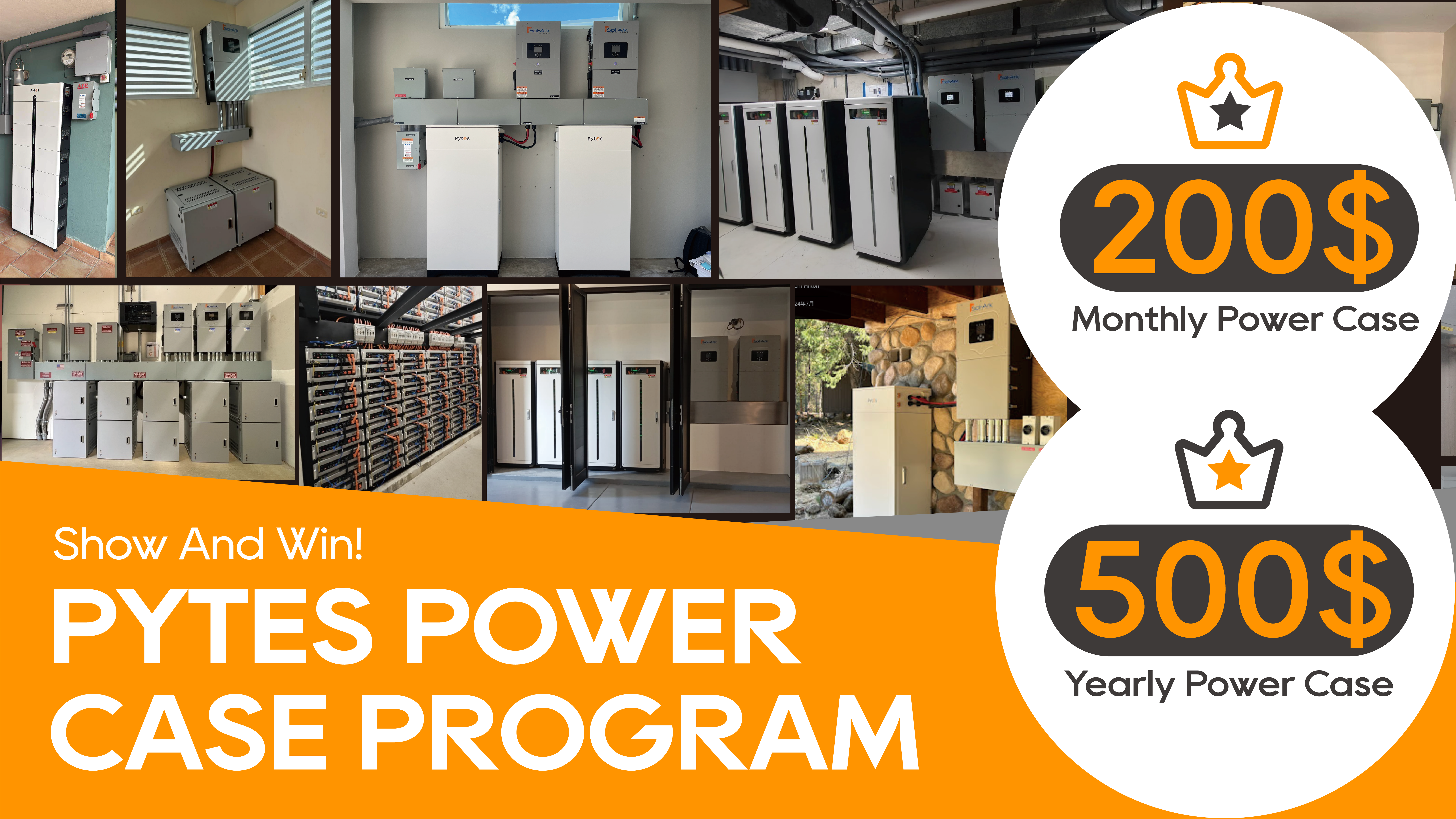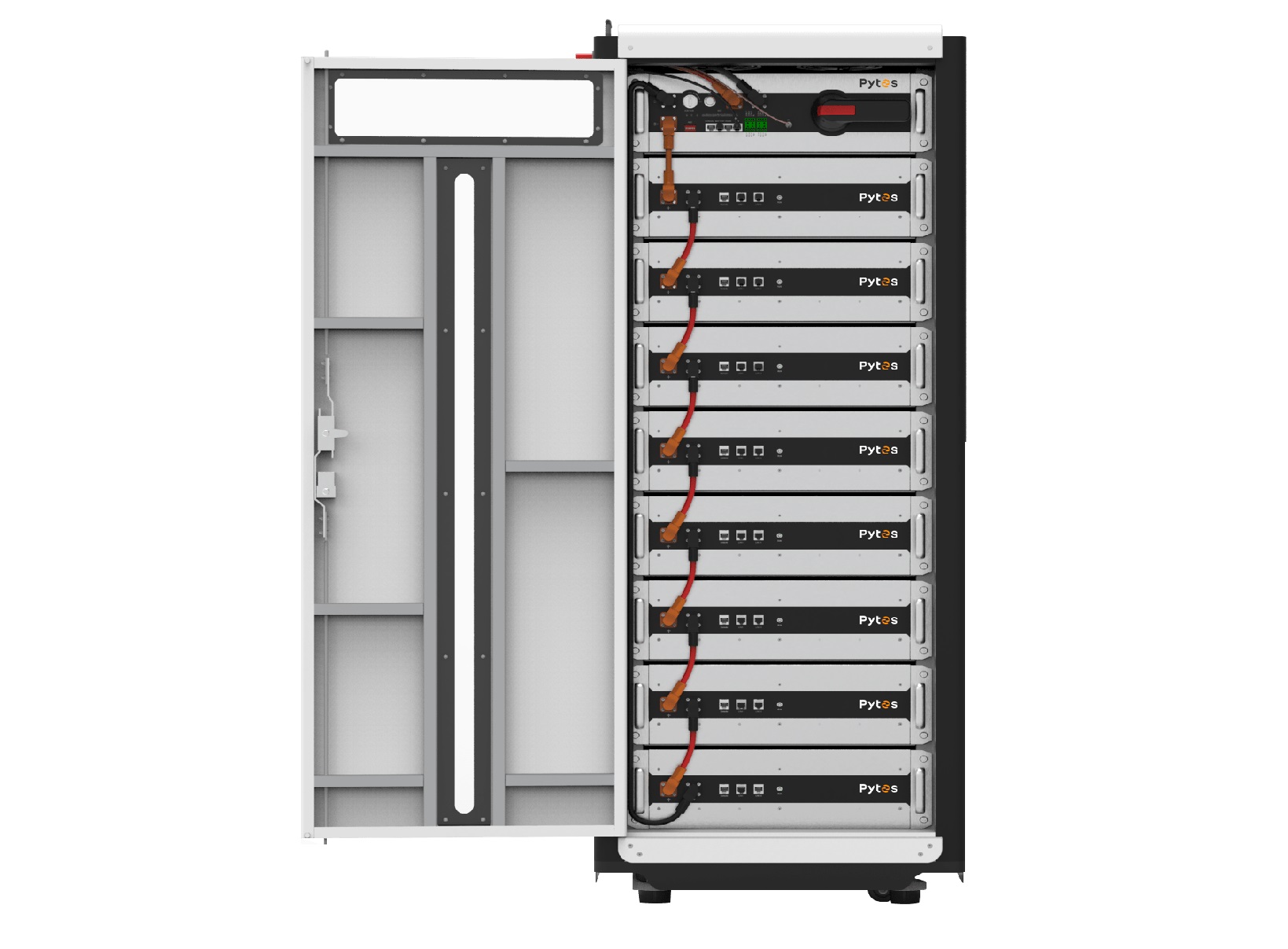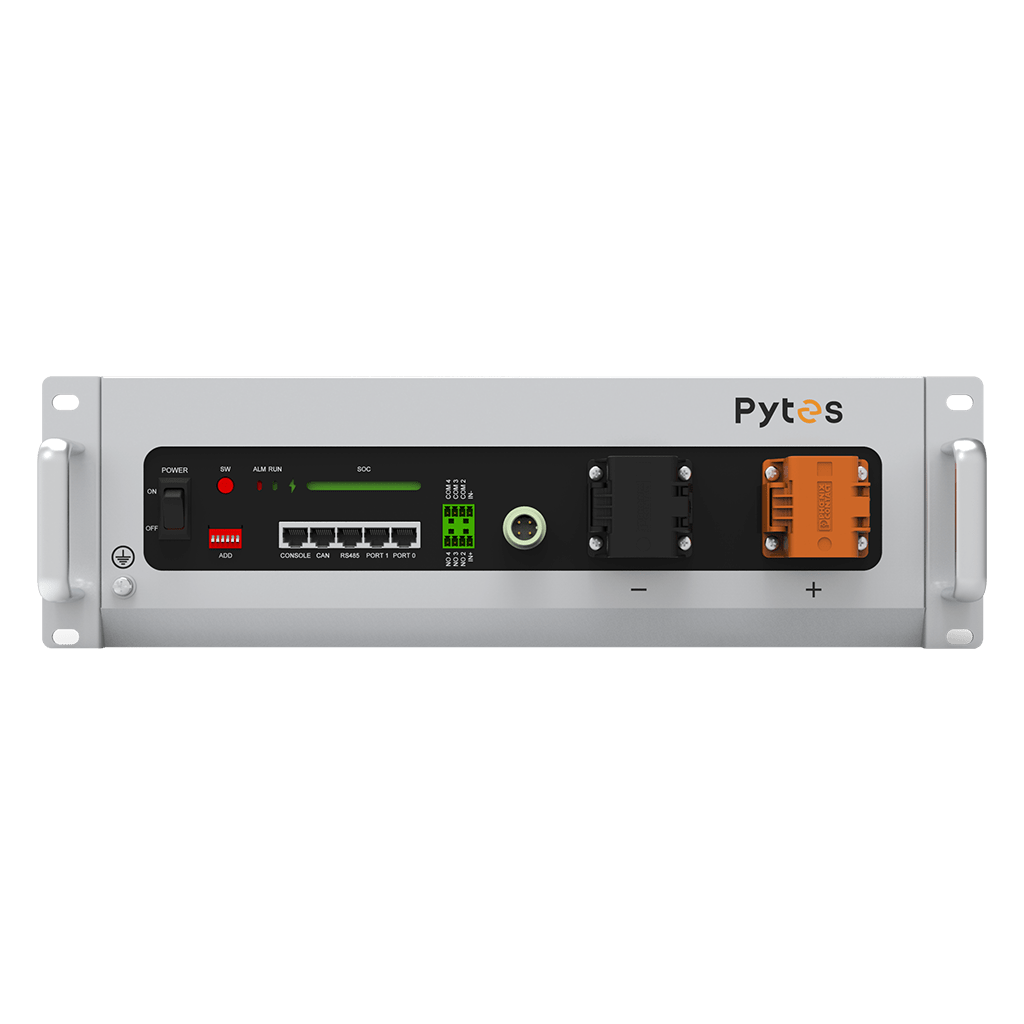UL9540 is a safety standard created by UL for energy storage systems.
It ensures that ESS functions safely and reliably by overseeing design, construction, testing, and use. UL9540 sets stringent requirements for electrical, thermal, mechanical, and fire safety, as well as system performance, reliability, and documentation.
The standard is widely recognized as a safety and performance benchmark for ESS and has been approved by ANSI and SCC.
UL9540 examines the energy storage system as a whole once all components are integrated, rather than focusing on individual parts. It covers stationary (indoor and outdoor) and mobile energy storage systems for both commercial and residential purposes.
UL9540 applies to various types of energy storage systems, including electrochemical, chemical, mechanical, and thermal systems, such as battery storage, flywheels, and fuel cells.
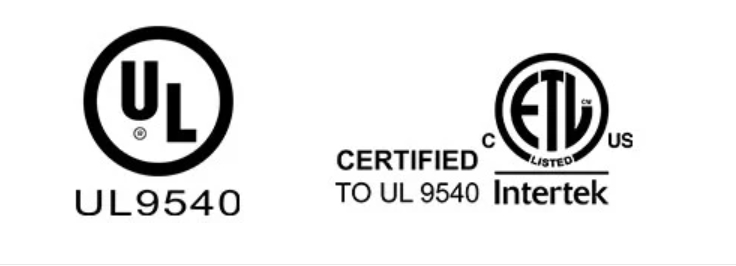
What is the difference between UL9540 and UL9540A
UL9540 sets standards for energy storage system performance, while UL9540A evaluates thermal runaway in ESS. UL9540A provides key data for manufacturers and engineers ensuring ESS safety against fire hazards, though it's not a certification.
Four stages in UL9540A:
a. Cell testing – Checks cell flammability, thermal runaway potential, and gas composition.
b. Module testing – Examines thermal runaway spread within and outside cell groups.
c. Unit testing – Analyzes fire spread between units and explosion risks.
d. Installation testing – Evaluates fire propagation between units in a controlled setting.
The "UL approval" is a significant product endorsement by "Underwriters Laboratories" (UL). While most mention "UL approval," they often mean "UL Listing." Another type of approval is "UL Recognized Component." "UL Listing" applies to final products or field installation components. These items undergo thorough testing and can be installed following local guidelines like the NEC. "UL Recognized Component" isn't meant for direct field installation. These components are part of a system aiming for a "UL Listing," typically installed in factories for easier system approval. Getting "UL Recognized Component" simplifies achieving a "UL Listing" for the entire system, as these components have undergone specific testing and evaluations during their approval process.
UL-listed products meet safety standards set by UL through various requirements. They are evaluated for factors like functional safety, energy efficiency, security use, and use in specific environments like with gas-fired equipment and in marine settings. State regulations for safety and the environment vary, so it's important to confirm compliance with UL.When showcasing UL certification, a proper version of the UL listed mark is usually sufficient as long as the complete UL mark is displayed on your product.
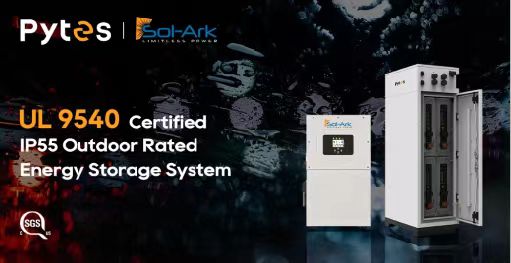
In order for an energy storage system (ESS) to be listed according to UL9540, it has to meet specific standards.
These standards cover electrical, thermal, mechanical, and fire safety, as well as system performance, reliability, and documentation.
To meet these standards, ESSs go through rigorous testing and certification, which includes factory checks, testing, and follow-up inspections to ensure they meet UL9540 criteria.
Once UL has tested samples provided by the manufacturer and confirmed the product's compliance with safety requirements, the ESS earns the UL9540 listing.
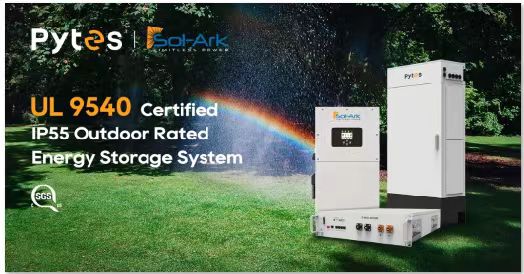
Before obtaining UL certification, make sure your product meets certain standards
For UL 9540, your device must not exceed the specified maximum energy capacity:
· For outdoor wall-mounted electrochemical ESS, the limit is 20kWh (72 MJ).
· For residential electrochemical ESS, the limit is 20kWh (72 MJ).
· For non-residential electrochemical ESS, the limit is 50kWh (180 MJ).
Ensure that the polymeric materials in your product meet the requirements described in UL 746C, except for electronic systems meant for outdoor installation and electrochemical ESSes, which must have enclosures made of non-combustible materials.
Before seeking certification, be prepared financially as the typical cost for approval ranges from $5,000 to $15,000.
If you're looking to get your product UL-certified, the process is quite straightforward.
Start by visiting UL's website and locating the "Contact Us" section for information and forms to submit your product sample for testing.
Send in your product sample for testing. UL will conduct tests to ensure your product meets OSHA and ANSI standards.
After completing the tests, UL will assess if your product meets the necessary requirements and standards, along with charging a testing fee.
Upon confirmation of safety and compliance with standards, UL will issue you a certificate, allowing you to use the UL logo on your products.
The entire process typically takes about six months but could extend to several years depending on your product's complexity and compliance with UL standards.
Here are a couple more things to keep in mind:
Expect Inspections:
After receiving UL certification, be ready for regular product inspections by UL to ensure ongoing compliance with their standards. If any non-compliance is found, you'll receive a notice and need to address the issues promptly.
Redesigning Challenges:
Redesigning certified products becomes tougher. You'll have to follow one of two options when making changes: either use UL-approved materials or subject your revised product to additional testing.
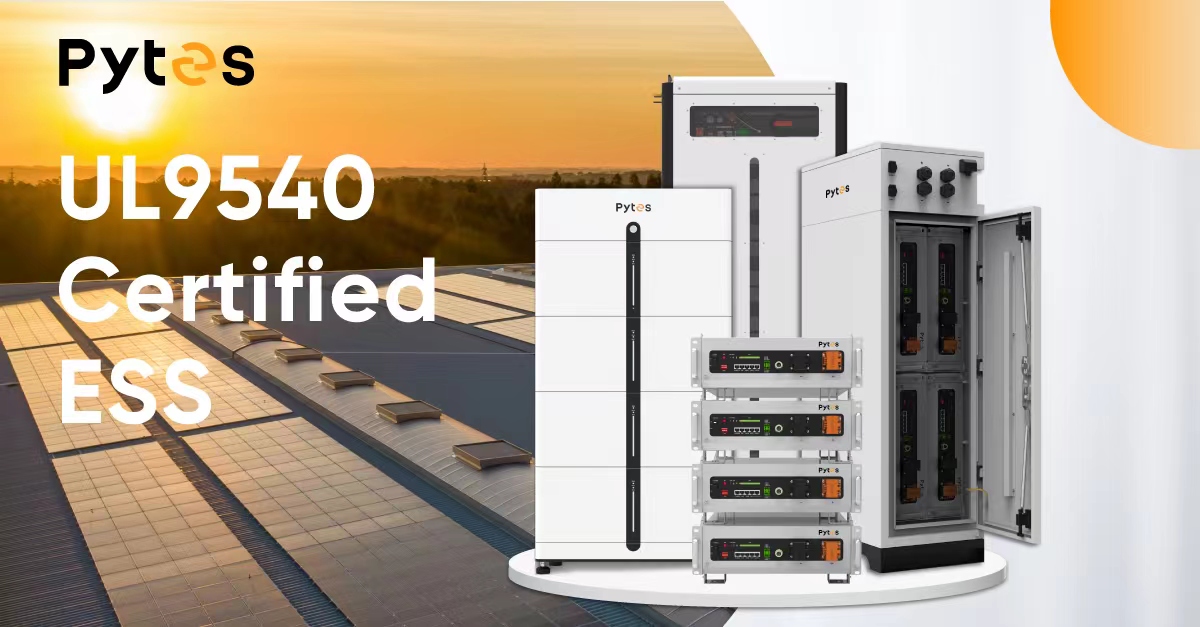
Inverters from SimpliPhi, Sol-Ark, KiloVault, OutBack, Schneider, and Enphase.are all certified to UL9540. Bye the way, Pytes Battery achieves UL9540 Certification with above all inverters'brands.
